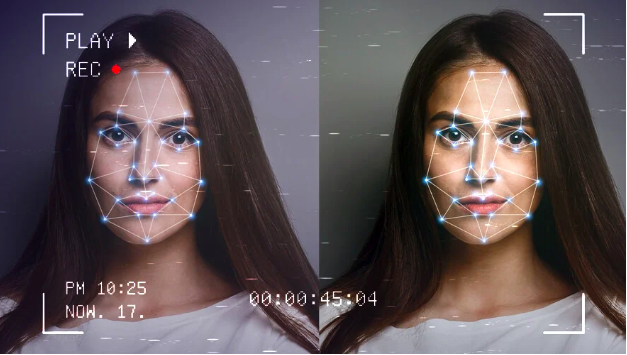
With the rise in artificial intelligence (AI), we have witnessed a surge of AI-generated explicit images and videos, commonly known as “deepfakes.” Whether it’s happening to celebrities like Taylor Swift or your children’s classmates, the threat is real and demands our attention. We, as content consumers, voters, parents, and professionals, need to be aware of the prevalence of AI-generated explicit content, the potential harm it poses, and practical steps to protect ourselves and our children.
The Pervasive Threat:
Deepfakes, fueled by advanced artificial intelligence, have become a concerning facet of the online world. The technology allows the creation of hyper-realistic videos or images, often featuring the likeness of individuals, for malicious purposes.
We are witnessing victims as young as middle schoolers and young teens being targeted by others using AI tools. Just last year, a 14-year old New Jersey high school student reported that she and her peers were victims of AI-generated sexually explicit photos of them being circulated in the school halls.
No one is immune to the potential impact of this technology. If it can happen to someone as high-profile as Taylor Swift or as ordinary as a high school sophomore, it serves as a stark reminder that we are all potential targets in the realm of AI-generated explicit content.
What steps are you taking to protect yourself and your children?
Here are a few ideas to get you thinking about these issues:
- Educate Your Circle: Raise awareness within your community, particularly among fellow parents and guardians, about the risks posed by AI-generated explicit content, especially when it comes to children. Share information about potential threats online to foster a well-informed community that is better equipped to identify and avoid content that can negatively impact kids.
- Strengthen Privacy Settings: Regularly review and enhance the privacy settings on your and your children’s social media accounts, ensuring you have maximum control over your family’s digital footprint. Teach your children the importance of limiting the audience for their posts and exercise caution about sharing personal information online to reduce vulnerability.
- Monitor Your Online Presence: Stay vigilant by periodically searching for your family’s and your children’s images online. Tools like Google Lens or TinEye can help you identify any unauthorized use of your pictures. Being proactive can prevent the further spread of such content, maintaining a secure online environment for your family.
- Promote Media Literacy: Equip yourself and your children with essential media literacy skills. Teach your kids critical thinking about online content and help them learn to discern between real and manipulated images or videos. Understanding the technology behind deepfakes empowers both parents and children to navigate the digital realm more safely.
- Inspire: Cultivate a culture of ongoing learning and interactive communications about these critical issues – privacy, consent, and cyber safety.

Experience in Cyber Sexual Misconduct Prevention and Response
I have over a decade of experience in this field representing victims of image-based abuse (“revenge porn”) and sextortion. I offer prevention workshops and resources that empower parents to enhance their family’s digital safety and navigate the evolving online landscape with confidence.
Whether it’s a PTA meeting to educate parents or youth groups seeking educational opportunities, I provide valuable insights and practical strategies.
Let’s collaborate to fortify our online protection and navigate the digital landscape with confidence.
For inquiries or to schedule a session, feel free to reach out. Together, we can create a safer and more secure online experience for our children. 💻🛡️